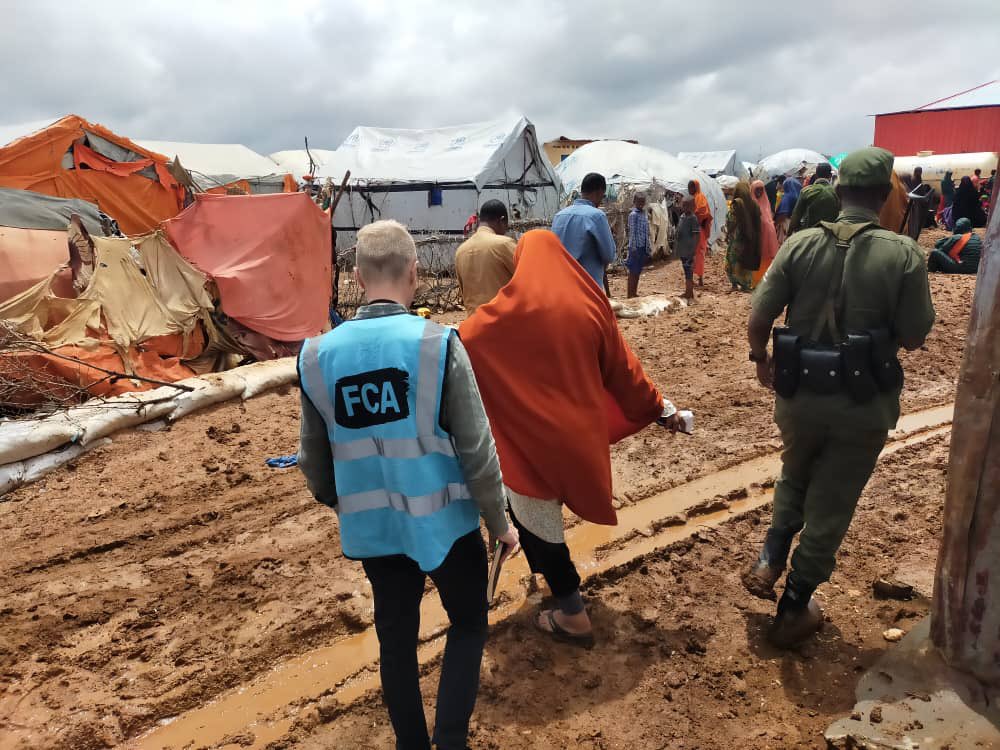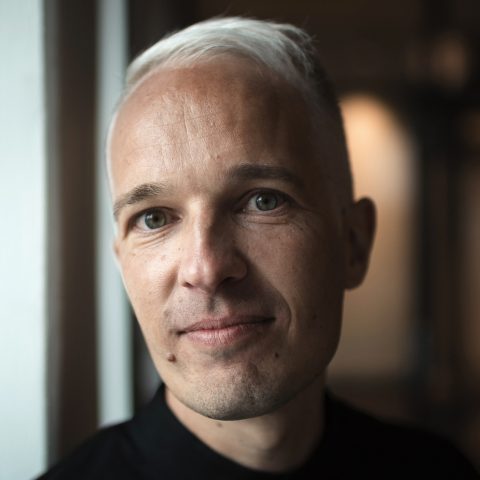Tired feet tell a story of hunger and despair in drought-affected Somalia
The Baidoa internally displaced people’s camp in the South-Central of Somalia is over-crowded. Due to drought and conflict the population is expected to grow even faster in the coming months.
THOSE FEET. Those now muddy, and no doubt tired, feet haunt me even days after visiting the Baidoa internally displaced people’s (IDP) camp in the South-Central Somalia. Some of the people I met early November have travelled up to 120 kilometers by foot to escape drought and conflict affected areas to seek safety and simply find food. Somalia is on the brink of famine with half of the population facing extreme and even life-threatening food shortage.
The aim of my visit was to understand the current situation in Somalia’s IDP camps and the impact of drought on their lives, as well as to be able to compare the situation now to how the situation was in June during my last visit to Baidoa.
Frankly, it’s worse, and it is getting worse each week. It is now November, and it should be the rainy season. There have been some rains since Spring 2020, but that doesn’t mean the situation improves. On the contrary, limited rain can worsen conditions in IDP camps due to the potential contamination of water sources and the spread of disease like malaria. The situation has been unbearable for months now. However, the international funding has a major gap when it comes to humanitarian assistance to drought-affected Somalia and the rest of the Horn of Africa. There simply isn’t enough international will for funding now.
Additionally, the price of aid is rising as global inflation affects markets together with cuts to grain imports affected by the war in Ukraine. Somalia has been dependent on the Black Sea grain imports of about 90 per cent of grain used in the country. Prices have increased as much as 50 per cent in Baidoa. A lady running a small shop in the camp told me that now 500 g pasta is USD 0,60, 3 litres of cooking oil USD 7, a biscuit USD 0,10, potatoes one dollar per kilo. Transportation cost to town USD 2. We are all worried about inflation, even in Finland. The prices might not sound that bad, but we need to keep in mind: nearly 7 of 10 Somalis live in poverty, making Somalia one of the poorest countries in Sub-Saharan Africa.

So, the looming famine is a sum of many crises. People are fleeing to IDP camps like the one in Baidoa due to the conflict and drought. The group of ladies that I spoke with told me they do not expect to go back to their homes due to their livelihood as pastoralists disappearing, due to lack of rain and often their land being taken over by terrorist groups. It would be impossible to go back right now even if a proper rain was received.
The Baidoa camp is overcrowded, too. The influx of IDPs into Baidoa camp is about 30 000–40 000 people a month. Due to drought and conflict the population is expected to grow even faster in the coming months. Officials are worried about both security and health related issues. With so many people living in the overcrowded camp with a lack of proper hygiene, epidemics like cholera, chickenpox and measles are prone to spread uncontrollably.
Finally, the drought is dramatically affecting children. Children are in the most vulnerable position when it comes to acute malnutrition. It is children who are most likely to die during – and even now, before – the famine. A malnourished child is more likely to die because of cholera, malaria, diarrhoea – even a common cold – than a healthy, well fed child. I had an opportunity to observe ongoing treatments, including vaccinations, health assessment of children, and counselling, in the camp health center. I was told that malnutrition is an increasing problem and the clinic provides weekly observation and nutritional supplements. The clinic has already 500 patients per day (the population in the camp being 200 000).
The current crisis is not only one of immediate effect. It’s a crisis affecting the future, too. According to the Somalia education cluster, 70 per cent of the children in Somalia are currently out of school because of the drought. 250 schools are closed, and 720 000 school-aged children (45 per cent of them girls) are at risk of dropping out of school for good. Half of children in the IDP camps have no access to education. The schools inside IDP camps are overcrowded, too. My home country Finland is world famous for its education system, but how would a school in Finland survive if suddenly a school built for 400 students had an influx of 200 students on top of the 1000 students it had yesterday?
It’s not yet too late. We can still help. FCA has already been able, as one of the few NGOs in the Baidoa camp, to aid 700 households with emergency cash distributions. In the coming months we are helping 900 more, since we start also implementing our project in the drought affected region in Somaliland.
